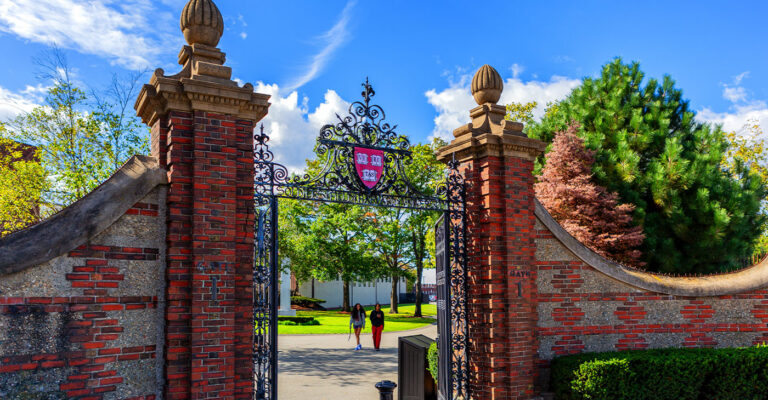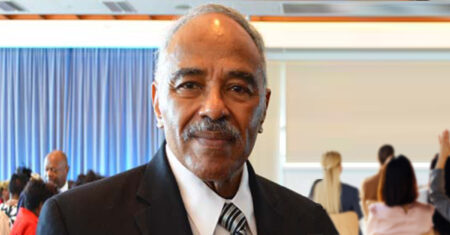By Stacy M. Brown
Black Press USA Senior National Correspondent
Black student enrollment at Harvard Law School has rebounded. The incoming J.D. Class of 2028 includes 46 Black students, nearly returning to the averages seen between 2020 and 2023. That recovery comes only one year after the number collapsed to 19, the lowest since the 1960s.
The collapse of 2024 was severe. Harvard law professor David B. Wilkins told The New York Times, “This is the lowest number of Black entering first-year students since 1965.” He added, “This obviously has a lot to do with the chilling effect created by that decision.” In a statement, Sean Wynn, president of the Harvard Black Law Students Association, said the enrollment decline was a “crushing loss” and that “with this marked decline, the (Supreme Court’s Affirmative Action) ruling has broken something fundamental about the experience of attending this law school.” The chilling effect extended across higher education. Harvard College’s freshman class saw the share of Black students drop from 18 percent in 2023 to 14 percent in 2024. At the University of North Carolina, Black enrollment fell from 10.5 percent to 7.8 percent. The Massachusetts Institute of Technology reported a drop from 16 percent to 6 percent. Princeton’s Class of 2029 enrolled only 5 percent Black students, the lowest since 1968.
The source of these declines was the Supreme Court’s decision in 2023 to end race-conscious admissions. In his majority opinion, Chief Justice John Roberts wrote, “Eliminating racial discrimination means eliminating all of it.” The ruling overturned decades of precedent, closing a door that had offered Black students a measure of access to the nation’s most selective institutions. Harvard’s rebound this fall was driven not by structural change but by extraordinary efforts within its community. Black alumni and the Harvard Black Law Students Association launched new outreach and recruitment programs, according to The Harvard Crimson. Still, the rebound came even as Harvard shuttered diversity offices and ended a minority recruitment initiative for undergraduates. The numbers at Harvard show a fragile recovery. They are part of a larger struggle that continues in classrooms and courthouses across the country, where the future of access and opportunity for Black students is contested each year.






